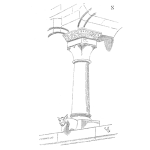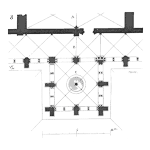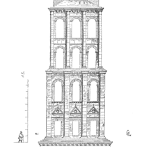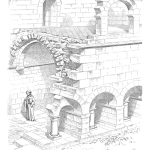
Understanding ISO 55001 clauses is vital for building a compliant ISO 55001 Asset Management System. Understanding ISO 55001 clauses is easy with a logical flowchart.
The meaning of the contents in the ISO 55001 asset management standard must be correctly interpreted and properly addressed in your asset management system
To fully understand the implications of an ISO 55001 clause, it is necessary to strip each sentence, phrase, and sub-point down into its logical elements
Learn how to turn the text in an ISO 55001 clause into a logical flowchart that lets you fully appreciate the implications and build the correct application in your asset management system.
[Read more…]












